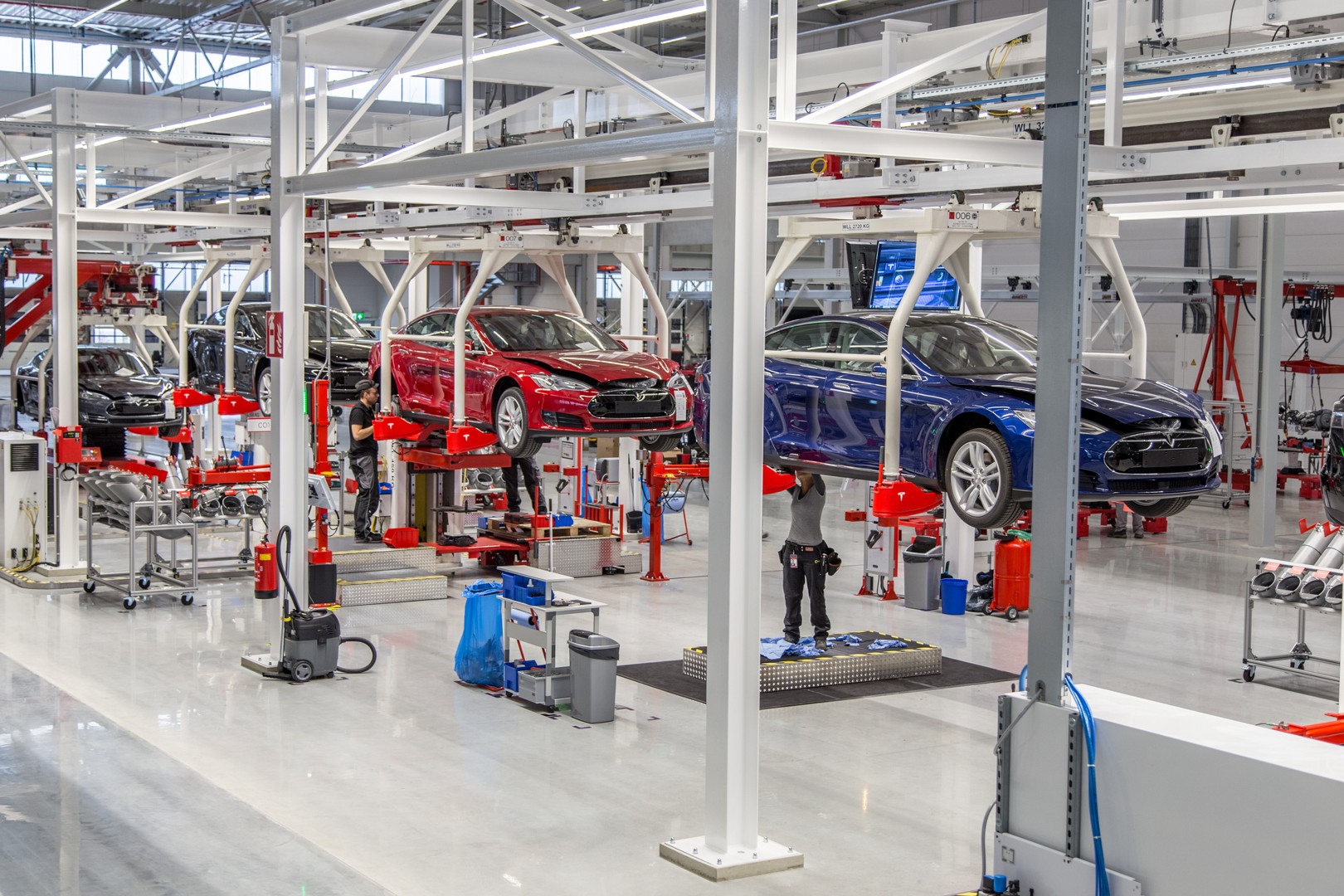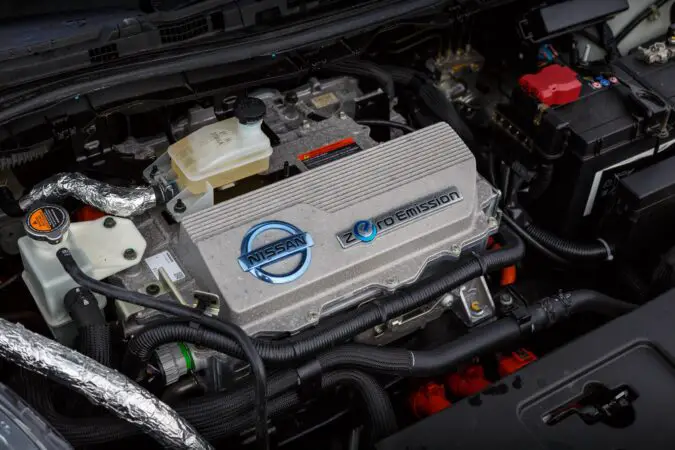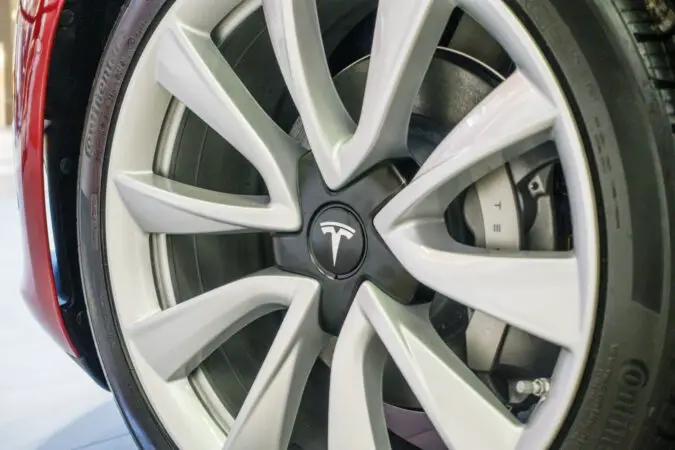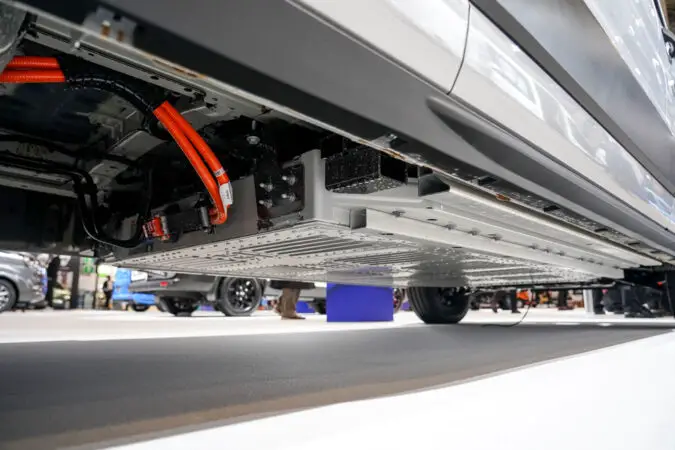By the removal of an engine, transmission, and all the ancillaries that go between them, electric cars are well-known to have far fewer moving parts compared to ICEs. How “few”, you might ask? Well, a full-EV powertrain could have as few as 20 moving parts. Meanwhile, ICEs could have 2,000 moving parts or more just to get it going. But does that determine how many miles does an electric car last?
We know that having a simpler construction and fewer componentry ensures that you don’t have to do nearly as much work with maintenance. However, could it also mean that, with fewer things that’ll likely go wrong, it might perhaps last longer? The most reliable ICE-powered vehicles should be able to easily clutch 200,000 to 300,000 miles or higher. So, let’s see if EVs could match or beat them…
What Are The Factors That Determine How Long They Last
To properly get to grips with how many miles does an electric car last, we should first understand all the variables that come into play. Since EVs are – just like their ICE siblings – merely automobiles, both of them share many similarities. Besides their respective propulsion methods, here are some of the shared components between EVs and ICEs, and how long they last:
- Frame – The integral body and structure of an EV (like an ICE) should last for the lifetime of the car. Although, environmental factors may introduce defects like rust, accelerating a car’s end-of-life.
- Electrics – These relate to a car’s accessories, like power windows, radio, infotainment system, or exterior head- or tail-lights. Altogether, these generally age upwards of 10 years or more.
- Steering And Suspension – Both are highly consequential to the comfort, handling, and safety of the vehicle in question. Therefore, they’re expected to last anywhere from 5 to 10 years.
- Tires – Depending on how you drive or how well you maintain (i.e. alignment, balancing, or rotation) the tires, they could last between 3 to 5 years.
- Wipers And Filters – These are regularly replaced, especially your car’s cabin filters. Depending on the environment around you, they might last as little as 6 months to a year.
- 12V Battery – Yes, EVs also use a 12V battery, mainly as a secondary source of power. Just like ICEs, a 12V lead-acid battery is good for 3 to 5 (sometimes up to 7) years.
- Braking System – Primarily, you’re dealing with brake fluid, rotors, pads, and callipers. Given all the importance of stopping your vehicle, an inspection every 2 to 3 years is recommended.
With that being said, there are obviously plenty of differences between EVs and ICEs. Therefore, the actual lifespan of an EV will be judged by their:
1. Motors – 15 To 20 Years
Internal combustion engines can have hundreds of different components within them. As such, you’ll have to be more diligent with maintaining one. You’d have to change the oil, replace the spark plugs, swap out the air filters, and loads more. With more components, you’ll have more points of failure.
Sensors could go wrong, spark plugs might misfire, filters could get clogged, and so on. On the other hand, EVs are propelled by an electric motor. Or in some electric cars, two or more motors running in parallel. Regardless, each motor typically only has one moving part, or up to a dozen at the most.
Compared to an ICE vehicle, EV owners only need to worry about coolant changes to keep the motors cool. These are commonly done once every 100,000 miles to 120,000 miles. Still, even though ICEs require more servicing, they and EV motors last just as long with good care – 15 to 20 years each.
2. Transmission – None To Worry About
We’re only including this to solve the misconception that EVs have transmissions. In reality, most EVs don’t have gearboxes. Higher performance EVs, such as the Porsche Taycan, might feature a 2-speed automatic. For the most part, though, electric cars only feature a single-gear reduction mechanism.
Therefore, you don’t have to worry about a transmission dying on you, as there isn’t one in an EV. On the opposite end of the spectrum, combustion engines require a transmission to moderate power. As such, they require regular maintenance, such as fluid changes, with both autos and manual boxes.
3. Brakes – 100,000+ Miles
The lifecycle of an electric car’s brakes is an interesting one to uncover. Solely, due to the existence of regenerative braking in practically every EV out there. Regenerative braking works as a generator, which captures kinetic energy that would’ve turned into heat, and converts it back to electricity.
Consequently, regenerative braking not only charges up the battery (as a range extender, in a way) but also slows your car down. Since the regenerative brakes contribute most of the braking force, an EV’s physical brakes aren’t used as much. The same goes with hybrid vehicles’ brake pads or rotors.
Given that they’re not used as hard or as often, EV brake pads and rotors could sometimes go as far as 100,000 miles. Meanwhile, ICEs will wear out their brakes – since they have no other alternatives for massively slowing you down – much faster. Drive it hard, and it might last just 25,000 miles.
4. Battery – 200,000+ Miles
Perhaps the most talked-about subject of how many miles does an electric car last is its battery pack. Contrary to what some might be led to believe, EV battery packs last for quite a long time. Most will easily overcome the 200,000 miles threshold, or somewhere between 15 to 20 years long.
There have even been high-mileage Teslas which have done over 500,000 miles on a single battery pack. In addition to that, most carmakers have attached a lengthy battery warranty to new EVs. It’s typically 8 years or 100,000 miles (whichever comes first), which is respectably extensive.
Just for comparison, most carmakers’ powertrain warranties (i.e. internal combustion engines) have coverage that, at most, goes to 5 years or 60,000 miles. Brands like Tesla are also working on an EV battery that could last up to 1-million miles or more before it requires a replacement.
The downside is that these battery warranties and long shelf life are necessary due to the high cost of replacing the battery. This is inevitable, as EV battery cells will eventually degrade, which affects their ability to maintain a charge. When you do have to replace it, it’ll cost you at least £4,500.
With higher-end or luxury electric cars, replacing the batteries could cost upwards of £6,000 or even £8,000. Though you won’t have to think about this for some time, it’s nevertheless a lofty expense to plan out for if you’re buying an electric vehicle. Hopefully, future batteries can be cheaper.
Electric Car Maintenance Checklist
Just so you could keep your EV in tip-top shape and prolong how many miles does an electric car last, here’s a quick checklist of what you need to do, and when:
Monthly
- Check the tire pressure or if there’s any visible wear
- Ensure that the interior and exterior lights are working fine
- Inspect and top up the windshield washer fluids if needed
Once Every 6 Months
- Check the 12V battery, especially the terminals (clean if there’s rust or deposits)
- Look at the door and body drainage holes to make sure that there’s no blockage
- Inspect the coolant level and condition (change or top-up if necessary)
- Flush out any corrosive deposits like road salts from the underbody
- Make sure that the door locks, hinges, and latches aren’t stuck or jammed
- Check the weather strips on the doors to see if there are any cracks or wear
- Double-check that the parking brakes (and regular brakes) are working fine
- Try out the seat belts to ensure that it’s not stuck and is retracting properly
- Ascertain that the windshield wipers are working well to clear the windshield
- Ensure that the windshield washer spray nozzles aren’t clogged or obstructed
- Rotate the tires and consider getting the wheel alignment checked
Once Every 12 Months
- Swap out the cabin air filter if needed
- Undertake a thorough inspection (i.e. 12V battery, fluids, lights, suspension, steering, tires, wheels, wipers, washers, horn, etc.)
- Check the braking system for wear (i.e. brake pads, rotors, drums, brake lines, callipers, parking brake, etc.)
- Inspect the steering and suspension assembly (i.e. ball joints, linkages, tie rod ends, control arm, shocks, struts, etc.)
Once Every 3 To 5 Years
- Swap out the brake fluids (though some recommend a flush every 24 months)
- Change the coolant (although some EV coolants last far longer)
Once Every 7 To 10 Years
- Get the transmission fluid changed (for those EVs that need one)
- Replace the air conditioning desiccant
Summary
So, how many miles does an electric car last? Well, it’s pretty much on par with a majority of ICEs out there – at least 200,000 miles, often higher. In fact, there are already ample high-mileage EVs with half a million miles or more on the odometer. Now, EVs have quite a lot of similarities with regular petrol or diesel cars. They have tires, brakes, suspension, electrics, and more that have a limited lifespan.
However, EVs also have unique traits that ICEs don’t, such as the inclusion of an electric motor and a battery pack. The latter of which is the sore spot for many past and would-be EV owners, due to their high cost for replacement. Still, there are habitual practices that you could adopt to extend the shelf-life of an EV battery, too. It’s simply a matter of getting used to maintaining an electric car.




